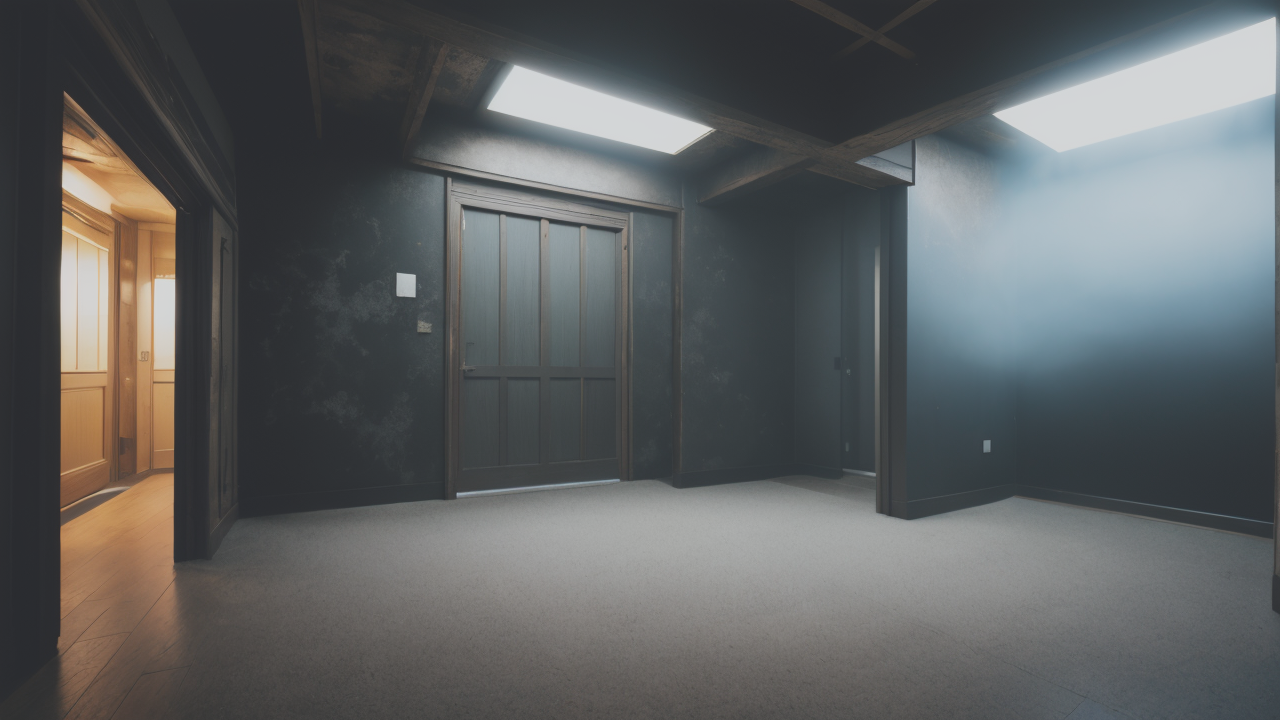
Embracing Transience: How Wabi-Sabi Art Transforms Interior Spaces
The Essence of Wabi-Sabi in Art and Design
Understanding Wabi-Sabi: Origins and Principles
Wabi-sabi is a Japanese aesthetic concept that finds beauty in imperfection and transience. It has deep roots in Zen Buddhism and tea ceremonies. The term combines two ideas: 'wabi' (simplicity) and 'sabi' (the beauty of age and wear).

Wabi-sabi embraces:
- Asymmetry
- Roughness
- Simplicity
- Economy
- Austerity
- Modesty
- Intimacy
- Appreciation of natural objects and processes
These principles guide artists and designers in creating works that celebrate the passage of time and the marks it leaves. Wabi-sabi art often features natural materials, muted colors, and irregular forms. It invites us to slow down and appreciate the subtle beauty in everyday objects.
Wabi-Sabi Art and Its Role in Modern Decor
In today's fast-paced world, wabi-sabi art offers a refreshing counterpoint to mass-produced perfection. It brings a sense of calm and authenticity to interior spaces. Wabi-sabi pieces can serve as focal points or subtle accents in a room.
Common forms of wabi-sabi art in decor include:
- Ceramic vases with rough textures or visible repairs
- Weathered wood furniture
- Hand-woven textiles with natural variations
- Paintings with muted earth tones and minimalist compositions
- Sculptures made from found objects or natural materials
These items add depth and character to a space. They remind us to appreciate the beauty of imperfection and the passage of time. Wabi-sabi art can transform a sterile room into a warm, inviting sanctuary.
Implementing Wabi-Sabi Philosophy in Home Decorating
Choosing the Right Wabi-Sabi Pieces for Your Space
When selecting wabi-sabi art for your home, consider the following:

- Material: Look for natural materials like wood, stone, or clay. These age beautifully over time.
- Craftsmanship: Choose handmade items that show the artist's touch.
- Patina: Embrace pieces with signs of wear or weathering.
- Simplicity: Opt for designs that are understated and functional.
- Color palette: Stick to earthy, muted tones that evoke nature.
Remember, wabi-sabi is about quality over quantity. A few well-chosen pieces can have a big impact. Look for items that speak to you on an emotional level. They should feel like they have a story to tell.
Don't be afraid to mix old and new. A vintage ceramic bowl can look stunning next to a modern sofa. The key is to create a balanced, harmonious space that feels lived-in and loved.
Balancing Tradition and Contemporary Aesthetics
Incorporating wabi-sabi art into a modern home requires a delicate balance. You want to honor the traditional principles without creating a space that feels outdated. Here are some tips:
- Use wabi-sabi pieces as accents in a clean, minimalist setting.
- Pair rough textures with smooth surfaces for contrast.
- Combine handcrafted items with sleek, contemporary furniture.
- Create focal points with larger wabi-sabi art pieces.
- Use lighting to highlight the unique textures and forms of wabi-sabi art.
Remember that wabi-sabi is not just about objects, but also about creating a mindset. Embrace negative space and avoid clutter. Allow each piece room to breathe and be appreciated.
Consider the overall flow and energy of your space. Wabi-sabi art should enhance the sense of calm and tranquility in your home. It's not about perfection, but about creating a space that feels authentic and reflective of your journey.
Case Studies: Wabi-Sabi Art in the United States
How Wabi-Sabi Art Enhances Home Value and Aesthetic Appeal
Wabi-sabi art has gained popularity in the U.S. housing market. It adds unique character and warmth to homes, often increasing their appeal to buyers. Here are some ways it enhances value:

- Timeless Appeal: Wabi-sabi pieces age gracefully, becoming more valuable over time.
- Uniqueness: One-of-a-kind artworks set a home apart from cookie-cutter interiors.
- Emotional Connection: Buyers often feel drawn to spaces with authentic, handcrafted elements.
- Versatility: Wabi-sabi art complements various design styles, from modern to rustic.
- Sustainability: The focus on natural materials aligns with eco-conscious buyers' values.
Real estate agents report that homes with thoughtfully incorporated wabi-sabi elements often sell faster. They create memorable impressions during viewings. Potential buyers are drawn to the sense of history and character these pieces bring.
Designers note that wabi-sabi art can elevate the perceived value of a space without a huge investment. Even small touches, like a hand-thrown ceramic vase or a weathered wooden bench, can make a big impact.
Transformative Projects: Before and After Wabi-Sabi Art Installations
Case Study 1: Modern Loft in New York City
Before: Sleek, minimalist space with white walls and chrome fixtures.
After: Added large-scale shibori textile art, handcrafted pottery, and a reclaimed wood dining table.
Result: The space feels warmer, more inviting, and uniquely personal.
Case Study 2: Suburban Home in California
Before: Generic, mass-produced decor with little character.
After: Introduced wabi-sabi inspired paintings, a kintsugi-repaired vase, and hand-woven rugs.
Result: The home now tells a story and reflects the owner's appreciation for craftsmanship.
Case Study 3: Historic Brownstone in Boston
Before: Formal, traditional decor that felt stiff and outdated.
After: Incorporated rustic ceramic sculptures, weathered leather chairs, and abstract wabi-sabi paintings.
Result: The space now balances its historic charm with a fresh, contemporary feel.
These transformations show how wabi-sabi art can breathe new life into various spaces. It adds depth, texture, and a sense of timelessness. The key is thoughtful curation and placement of pieces that resonate with the existing architecture and the homeowner's personality.
Embracing wabi-sabi art in interior design is more than a trend. It's a shift towards mindful living and appreciation of beauty in imperfection. As more people seek authenticity in their surroundings, wabi-sabi art will continue to transform homes into spaces of peace and reflection.


